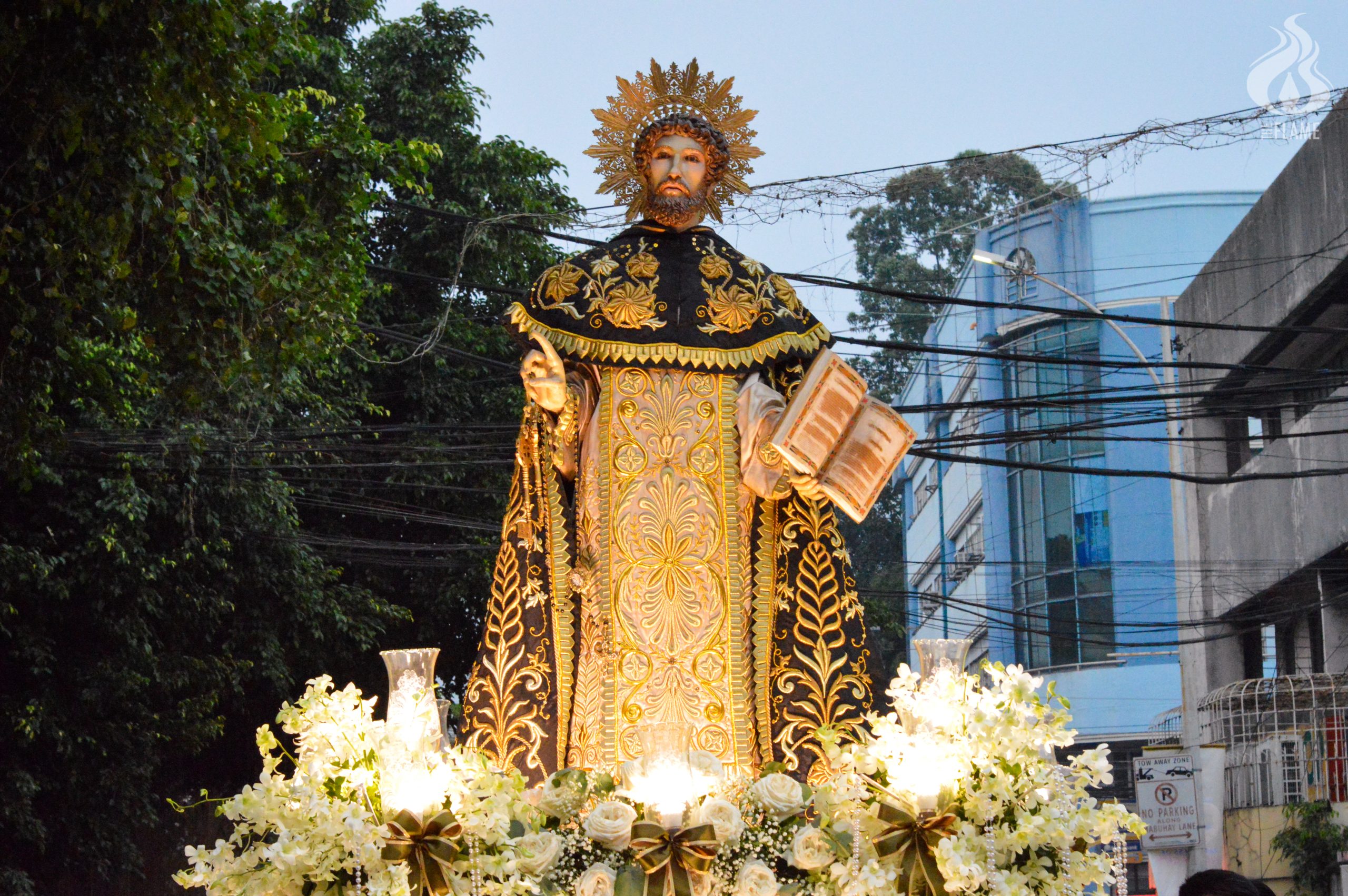ARTLETS KNOW St. Raymund as an edifice near Dapitan Street, their home.
The “Raymund” they refer to has wide windows and time-worn white columns for a face, standing four stories tall.
But behind the name Artlets recognize well is a intellectual worth knowing, a saint whose interests may be familiar, even similar to the typical Faculty of Arts and Letters (AB) student.

St. Raymund de Peñafort was a Spanish noble born in 1175. Throughout his 100 years of life, he displayed immense faith, translating to great works that rippled through centuries.
Arts and letters at work
St. Raymund was already a philosophy teacher at 20, around the same age as some philosophy students in AB. And yet his education did not stop there.
He earned a civil and canon law doctorate at the University of Bologna, where he also taught law. Three years later, he entered the Dominican order, where he would spend more than half of his lifetime.
The saint was known to be humble despite his achievements, but his intellectual prowess was not lost to those who knew him, even to renowned leaders.
Pope Gregory IX was among those who recognized his legal expertise. The pope summoned him to Rome to organize scattered canon laws into coherent sets of documents. These became the standard of the Church’s legal system for centuries.
His works led to his appointment as Archbishop of Tarragona, but humility made him refuse the post. Years later, he became the Master of the Order of Preachers, the leader of the Dominicans.
St. Raymund’s influence reached not only the pope, but also King James of Aragon and St. Peter Nolasco, whom he helped establish the Order of Our Lady of Mercy. The order was built to save Christians held captive for their faith.
Even St. Thomas Aquinas was influenced by St. Raymund. The canon lawyer became the inspiration behind the UST patron’s work Summa Contra Gentiles, which was responsible for converting at least 10,000 people to the Catholic faith.
Miraculous feat

Once, St. Raymund set out for Majorca island in Spain with King James to evangelize. However, the king succumbed to temptations that St. Raymund condemned. When the king could not be stopped, the saint began to leave for Barcelona. But he found no ship that would let him board — King James had promised punishment to anyone who would take St. Raymund.
Undeterred, he took his cloak and laid it on the water’s surface. He took a stick and tied it to one end of the cloak. With a makeshift boat out of cloth, he sailed and reached Barcelona in six hours. The miracle moved the king deeply, prompting him to repent for his actions and became a devout follower of the saint.
It was also in Barcelona where his bones were laid to rest in 1275.
He was canonized in 1601 by Pope Clement VIII and would thereafter be known as the patron saint of lawyers, a profession several Artlets pursue after graduation.
St. Raymund is represented in art as a Dominican friar holding a book and a key, attributes that symbolize his expertise in canon law. A statue depicting him can be found at the ground floor of the UST Main Building, where the UST Faculty of Civil Law is housed. F – V. P. P. VII



